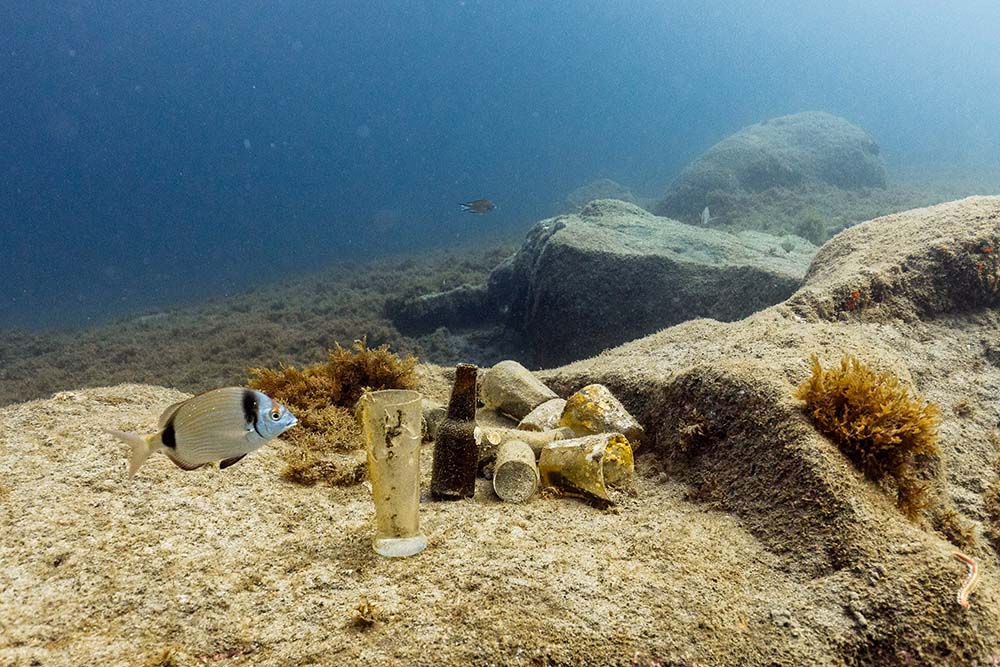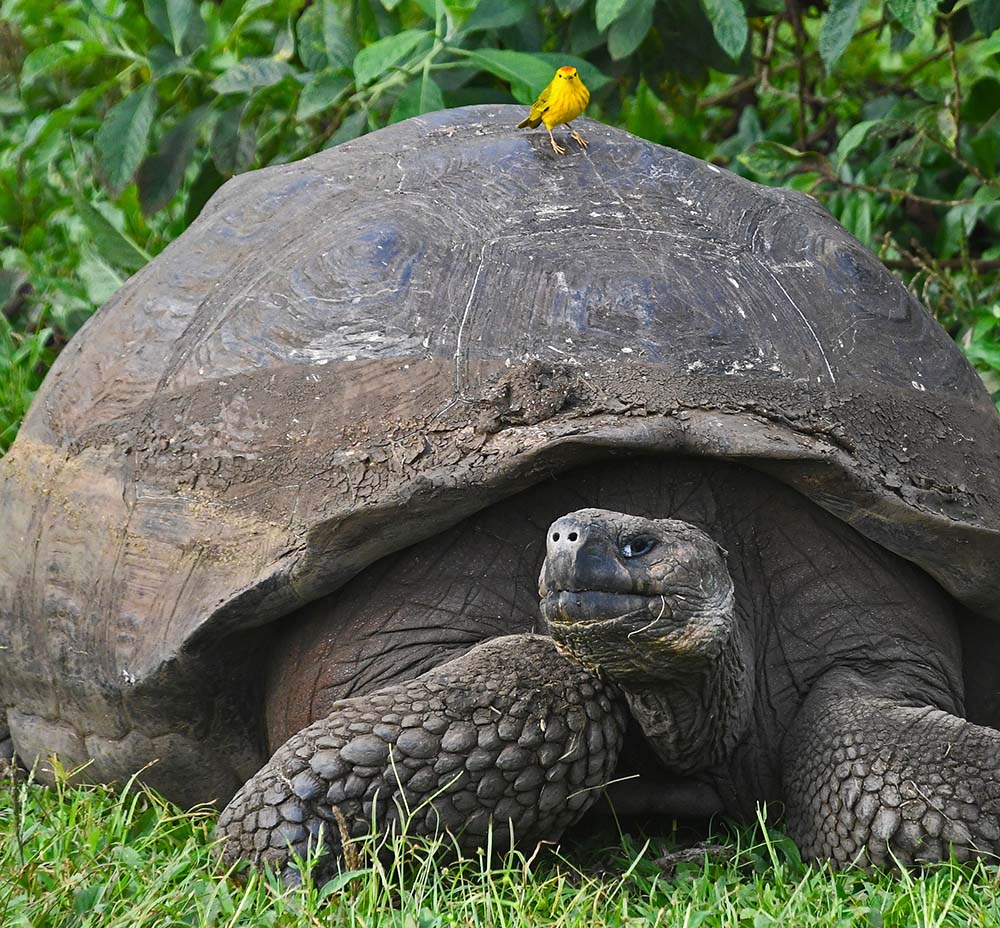Featured
Scientific Storytelling for the Current Climate

The idea that stories might motivate people toward climate action better than fact-based arguments has garnered appeal for several years. As far back as 2015, the United Nations sponsored a contest for climate change storytelling. More recently, the Guardian called for new stories about climate, while Wired magazine declared that “Storytelling will save the earth.”
Psychological research seems to agree—indicating that facts, for many people, seem to be in the eye of the beholder (Hornsey, 2020). Yet, despite the interest in and promise of climate stories, psychologists have been slower to provide guidance on how to tell these narratives. To address those who remain skeptical of climate change and to foster stronger pro-climate attitudes and behaviors, stories will need to incorporate next-level psychological strategies. To this end, Walsh and colleagues (2022) provided excellent guidance on how stories can shape learning, persuasion, and collective action in the public sphere. Perhaps their timely article signals that storytelling’s moment has arrived—just as the world’s climate “time bomb” ticks toward a climax nobody wants to see.
Our personal journey of investigating the promise of stories to inspire better stewardship of our planet may not have begun once upon a time, in a land far, far away, on a dark and stormy night. Nevertheless, we are delighted to chronicle the ups and downs of our ongoing quest to discover effective narrative strategies. Hopefully, our story can guide others’ efforts to develop storytelling strategies that promote a wide range of pro-climate attitudes and behaviors, particularly among climate skeptics.
Cognitive dissonance and climate science: A first foray
Stories generally begin with a protagonist wandering through the normal world doing normal things, before being thrown into a strange universe by some precipitating event. By contrast, academic articles generally start by reviewing the literature. In our approach, we split the difference. The precipitating incident that inspired our lab’s first foray into this new research area consisted of seeing several news headlines implying that many conservatives no longer believed in science. We thought this sounded a bit too simple. Given what we knew from past research on cognitive dissonance, how could people disbelieve science while taking daily medicines developed by doctors, driving over bridges constructed by engineers, and so forth?
After refreshing our recollections of the literature in this area, we composed a survey-based study that leveraged cognitive dissonance. Specifically, we structured a set of survey questions designed to inflict a dose of cognitive dissonance on climate skeptics unless they acknowledged the existence of at least some merit in climate science. We viewed this effort as a first step toward eventually trying to infuse cognitive dissonance into climate stories.
In the study, before any mention of climate science, we got our treatment participants to endorse the importance of science’s contributions to daily life. Our survey experiment began by asking treatment participants belief-in-science questions such as, “How credible is the medical data that germs are a primary cause of disease?” Next, we asked belief-in-climate-science questions such as, “How credible is the climate science data that ocean temperatures are rising?” Congruent with our hope, after endorsing items in the first scale at high rates, the conservative-leaning treatment participants saw more merit in climate science than their control counterparts (who only responded to the belief-in-climate-science questions). In other words, first endorsing basic, uncontroversial findings from sciences like medicine, physics, engineering, astronomy, etc., made it easier for conservative respondents to later acknowledge merit in climate science.
Proof-of-concept studies such as this one often raise challenging questions: Would these more positive attitudes toward climate science endure over time? How might these findings be operationalized in the real world? And especially, how could we infuse this cognitive dissonance strategy into stories that climate skeptics might read? After several pilot tests in which we attempted to incorporate cognitive dissonance into stories, we still lacked answers to these questions. Unfortunately, we also lacked examples of stories that might invoke this kind of dissonance in real world contexts.
Picturing the climate crisis from a different angle

So, we pivoted. While sun-kissed beaches and mountain backdrops might be among the more salient associations one has with the University of California-Santa Barbara (where Gehlbach was on faculty at the time), one of its true gems is Rich Mayer—an unassuming giant in the field of learning. He helped us think about stories as greater than just their content—more as complex interactions between learners and learning materials. Thus, how learners approach stories matters immensely. His theory of multimedia learning (Mayer, 2020) suggests that images can complement texts to facilitate greater understanding than reading alone. For our purposes, we thought that carefully selected photos might also help sway hearts, minds, and perhaps even climate-related behaviors.
A pair of studies suggested that Mayer’s wisdom was as good in practice as it was in theory. Through another proof-of-concept experiment using illustrated survey questions and a follow-up study using an illustrated text, we found that adding photos of flora and fauna bolstered participants’ valuing of biodiversity and could even lead them to donate more to environmental causes. In trying to understand why our photos had these effects, our hunch was that photos shrank the psychological distance participants felt from the abstract problem of biodiversity loss. Our studies provided zero support for this intuition. However, we did find that our photos induced more negative emotions in participants than the text alone, potentially mediating the photos’ effects. This finding landed us in good company with others who had found strong connections between images, emotions, and climate-related motivations (e.g., Feldman & Hart, 2018; O’Neill et al., 2013). Notably, Swim and Bloodhart’s (2015) images of polar bears also produced similar behavioral impacts to those that we observed.

A new perspective on storytelling practices
A two-pronged strategy of weaving elements of cognitive dissonance into stories with images seemed like an insufficient approach to storytelling, given the magnitude of the climate challenge. To further expand our toolkit, we thought back to Mayer’s guidance that the story itself is only part of the storytelling experience. For instance, when Swim and Bloodhart instructed participants to imagine how the polar bears in the photos felt, the strength of pro-environmental outcomes increased. Perhaps we could design similarly impactful instructions for how readers might interact with stories.
We spent much of the pandemic trying to get online participants to take the perspective of protagonists who were stuck in various climate predicaments—but to no avail. To this day, we’re unsure whether we picked the wrong stories or the wrong protagonists, provided the wrong social-perspective-taking instructions, or tested the wrong population. Despite the lingering mysteries, the importance and difficulty of getting all the details perfectly aligned within a story was becoming crystal clear.
Cultivating common ground
As the failed pilot tests accumulated, we needed new inspiration and better luck. A lab meeting produced both when we remembered something we had heard from Environmental Defense Fund (EDF) researchers. Their strategy in meeting with West Virginia coal miners—many of whom are deeply skeptical of climate change—was to begin by acknowledging coal’s profound historical contributions to humanity: pulling nations out of poverty, ameliorating food insecurity, and revolutionizing transportation. In short, by first establishing common ground with the miners, the EDF team created a space for a more rational conversation about coal’s problems and the need for clean energy.
Although we were not sure if the EDF researchers used visual images, their presentation struck us as a possible model for how to encapsulate multiple narrative strategies in our stories. The story they told first took the perspective of the miners and established common ground with them through an appreciation of the historical benefits of coal. Besides proactively managing their audience’s emotions, the EDF researchers sowed important seeds to carefully navigate the miners’ cognitive dissonance by noting that the transition from wood to coal had been bumpy but was ultimately worth it. Presumably, laying this groundwork in the early part of their story made the idea of transitioning away from coal to clean energy less threatening for the audience when their narrative described present day climate concerns.
Currently, our lab is piloting stories that mirror this approach to establish common ground with skeptical audiences. Preliminary results seem promising.
Like most stories, our journey as climate storytellers has a beginning and a middle. Unlike most stories, it will continue with no end in sight. We anticipate that psychological science has revealed only the tip of the iceberg of storytelling’s potential to shape climate-related attitudes and behaviors.
The bigger story
Beyond our lab’s ongoing work, what else has psychological research revealed about more effective storytelling, addressing climate change, and the intersection of the two? The library of inspirational scholarship in this area is too vast to recount here. Instead, we hope that distilling a few key themes and highlighting areas for more scholarly work will help the psychological science community collectively contribute to the next chapter of effective climate storytelling.
Who tells the story? If storytelling is a form of social interaction, it seems obvious that who tells the story matters critically, particularly when trying to convince skeptics. Given the politically fraught nature of climate change, it is likely that ingroup/outgroup biases and the tendency to discount opposing viewpoints (Maoz et al., 2002) will continue to impede progress in climate action. However, a hard message about climate realities might land more positively when it comes from a source who is trusted, respected, and liked.
Particularly promising is the idea of children discussing their concerns about the warming planet with their parents (Lawson et al., 2019). It is hard to imagine a more compelling storyteller for skeptical parents than hearing their own children voicing concerns about their personal futures. Research that can continue identifying the most persuasive storytellers—especially to the most skeptical audiences—seems particularly promising.
How is the story told? As a recent Observer feature on the Global South reinforced, different approaches to behavior change work for different cultures. Research into cross-cultural narrative techniques and norms seems particularly exciting for two reasons. First, learning how some strategies work for some cultures but fail with others could extend previous insights into other cultural differences in perception, cognitive processing, persuasion, and other fundamental psychological processes (Nisbett & Miyamoto, 2005). Second, researchers who test storytelling techniques from other cultures may find that they also work (or can be readily adapted) in their own culture—thereby bolstering the array of approaches in the collective scientific toolkit.
Read all of the articles from the September/October Observer.
What language do we use? Nuances in diction, the framing of issues within stories, and the connotations of different word choices all matter for prospective storytellers. Research into how climate skeptics articulate their understanding of our planet’s transformation may provide important insights into how to engage them (Lewandowsky & Oberauer, 2016). For example, Wolsko (2017) found that arguments using themes like liberty, patriotism, and moral values were effective in persuading conservatives to endorse more pro-environmental attitudes.
Achieving almost any of the world’s major climate interventions—eating less meat, conserving natural resources, expanding carbon offset policies, etc.—will require collective action. Stories are among the most universal, scalable approaches to convincing others to embrace these collective efforts. If we are indeed merely at the tip of the metaphorical iceberg for learning what psychological science might contribute to climate storytelling, we need to develop this toolkit of strategies urgently—before the real icebergs melt much further.
Feldman, L., & Hart, P. S. (2018). Is there any hope? How climate change news imagery and text influence audience emotions and support for climate mitigation policies. Risk Analysis, 38(3), 585-602. https://doi.org/10.1111/risa.12868
Hornsey, M. J. (2020). Why facts are not enough: Understanding and managing the motivated rejection of science. Current Directions in Psychological Science, 29(6), 583-591. https://doi.org/10.1177/0963721420969364
Lawson, D. F., Stevenson, K. T., Peterson, M. N., Carrier, S. J., L. Strnad, R., & Seekamp, E. (2019). Children can foster climate change concern among their parents. Nature Climate Change, 9(6), 458-462. https://doi.org/10.1038/s41558-019-0463-3
Lewandowsky, S., & Oberauer, K. (2016). Motivated rejection of science. Current Directions in Psychological Science, 25(4), 217-222. https://doi.org/10.1177/0963721416654436
Maoz, I., Ward, A., Katz, M., & Ross, L. (2002). Reactive devaluation of an “Israeli” vs. “Palestinian” peace proposal. Journal of Conflict Resolution, 46(4), 515-546. https://doi.org/10.1177/0022002702046004003
Mayer, R. E. (2020). Multimedia learning (3rd ed.). Cambridge University Press.
Nisbett, R. E., & Miyamoto, Y. (2005). The influence of culture: Holistic versus analytic perception. Trends in Cognitive Sciences, 9(10), 467-473. https://doi.org/10.1016/j.tics.2005.08.004
O’Neill, S. J., Boykoff, M., Niemeyer, S., & Day, S. A. (2013). On the use of imagery for climate change engagement. Global Environmental Change, 23(2), 413-421. https://doi.org/10.1016/j.gloenvcha.2012.11.006
Swim, J. K., & Bloodhart, B. (2015). Portraying the perils to polar bears: The role of empathic and objective perspective-taking toward animals in climate change communication. Environmental Communication, 9(4), 446-468. https://doi.org/10.1080/17524032.2014.987304
Walsh, J., Vaida, N., Coman, A., & Fiske, S. T. (2022). Stories in action. Psychological Science in the Public Interest, 23(3), 99-141. https://doi.org/10.1177/15291006231161337
Wolsko, C. (2017). Expanding the range of environmental values: Political orientation, moral foundations, and the common ingroup. Journal of Environmental Psychology, 51, 284-294. https://doi.org/10.1016/j.jenvp.2017.04.005

 Hunter
Hunter  Qiyang
Qiyang Kate Cornwall is a PhD student at the Johns Hopkins
Kate Cornwall is a PhD student at the Johns Hopkins



APS regularly opens certain online articles for discussion on our website. Effective February 2021, you must be a logged-in APS member to post comments. By posting a comment, you agree to our Community Guidelines and the display of your profile information, including your name and affiliation. Any opinions, findings, conclusions, or recommendations present in article comments are those of the writers and do not necessarily reflect the views of APS or the article’s author. For more information, please see our Community Guidelines.
Please login with your APS account to comment.